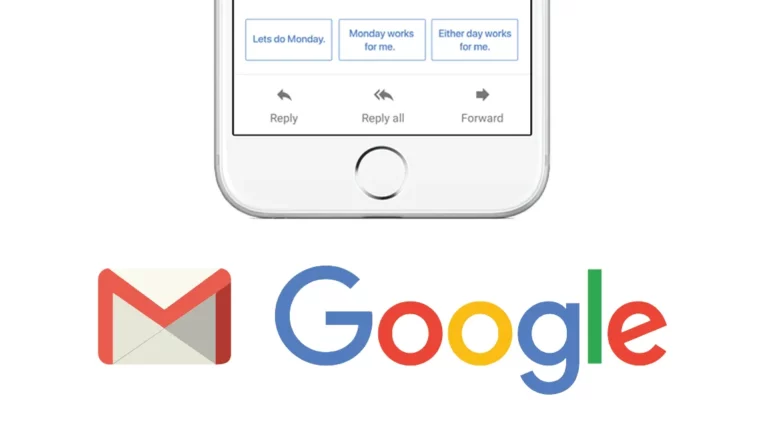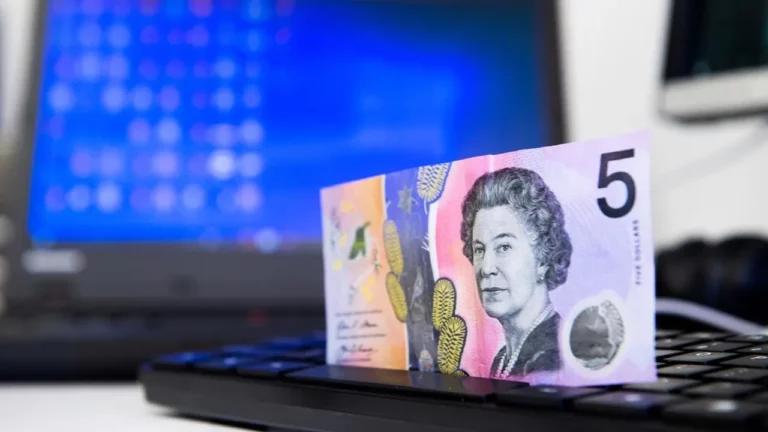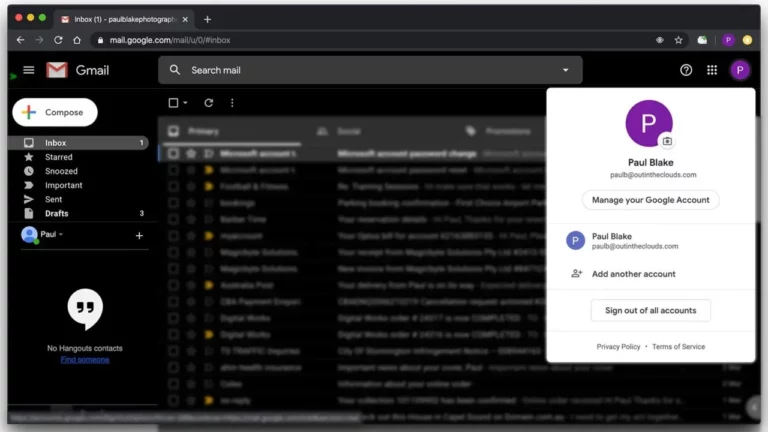Which tech can support your employees’ mental health?
In the last few years, tech advancements have cultivated entirely new ways for experts and patients to connect – from text messaging to video conferencing to virtual reality. Alongside this tech boom in healthcare, many small business owners have too started to embrace the value of the tech available in the workplace; we see more workplaces using technology to provide staff access to mental health resources. As stated in a 2021 report by McKinsey – “Digital solutions can offer therapeutic approaches or support positive behavioural change on a large scale. They are accessible anytime and anywhere, providing help on demand without the long waits often needed for in-person therapy. They are also convenient, easy to use, and anonymous.”
Apps to help people with Anxiety & Depression
Apps seem to be the future – from connectivity apps to mindfulness tools, plenty of apps are accessible on the market to help support your staff’s mental health and wellbeing. Of course, the concept of using apps isn’t new, but lately, they are being embraced globally as indispensable tools for people to use when checking in on their mental wellbeing while working.
Offer wellbeing Initiatives Online.
One of the most noticeable advances, and most popular given that many people are still working from home, is the online ability to offer mental health initiatives. Because mental health doesn’t have an off switch, neither should the access to employee benefits. Thanks to the recent pandemic, Virtual health has become the norm, prompting businesses to continue to focus and deliver online group exercises, wellness programs and social wellbeing activities.
Embrace wearable technology in the workplace
Wearable tech is fast becoming the key to improving the lives of millions of people with mental illness. Right now, they can track our steps, store calorie expenditure, and read our heart rate and sleep habits -however, moving forward, they will be able to collect enough passive and active data from the wearer to predict their mood and the behaviours that follow. For example, Fitbit’s smartwatch, the Sense, focuses more on stress and its effects on your body. Using an electrodermal activity (EDA) sensor, the Sense can measure minor changes in your skin (like sweaty palms when you’re starting to feel overwhelmed or nervous) with a feature called EDA Body Scans. So to check your stress levels, you must place your palm over the watch face and wait as it calculates your metrics. From there, you’ll be prompted to log your emotional state on the Fitbit app to help Sense better understand your mental state.
Use AI Analysis
With a surge of digital innovations in mental health, modern artificial intelligence (AI) and machine learning continue developing prediction, detection and treatment solutions for mental health care. How does it work? While you might not know your feelings, your behaviour will speak for itself. Whether you’re using an app or a smartwatch – this data can help paint a clearer picture of your mental health and establish a more effective, targeted treatment plan. The Benefits of AI to help solve the mental health crisis are endless – including how it will support mental health experts in doing their jobs, providing 24/7 access for patients, and how cheap it is compared to face-to-face interactions.
Manage time and productivity
One of the most evident uses of technology within workplaces is its ability to support workers to be more productive, organised, connected and effective in managing time and tasks, leading to better morale and overall staff happiness. For example, workplaces embrace internal messaging apps to allow staff to quickly communicate, share content, and create access to information faster, which helps reduce stress and panic – especially when working from varied locations.







